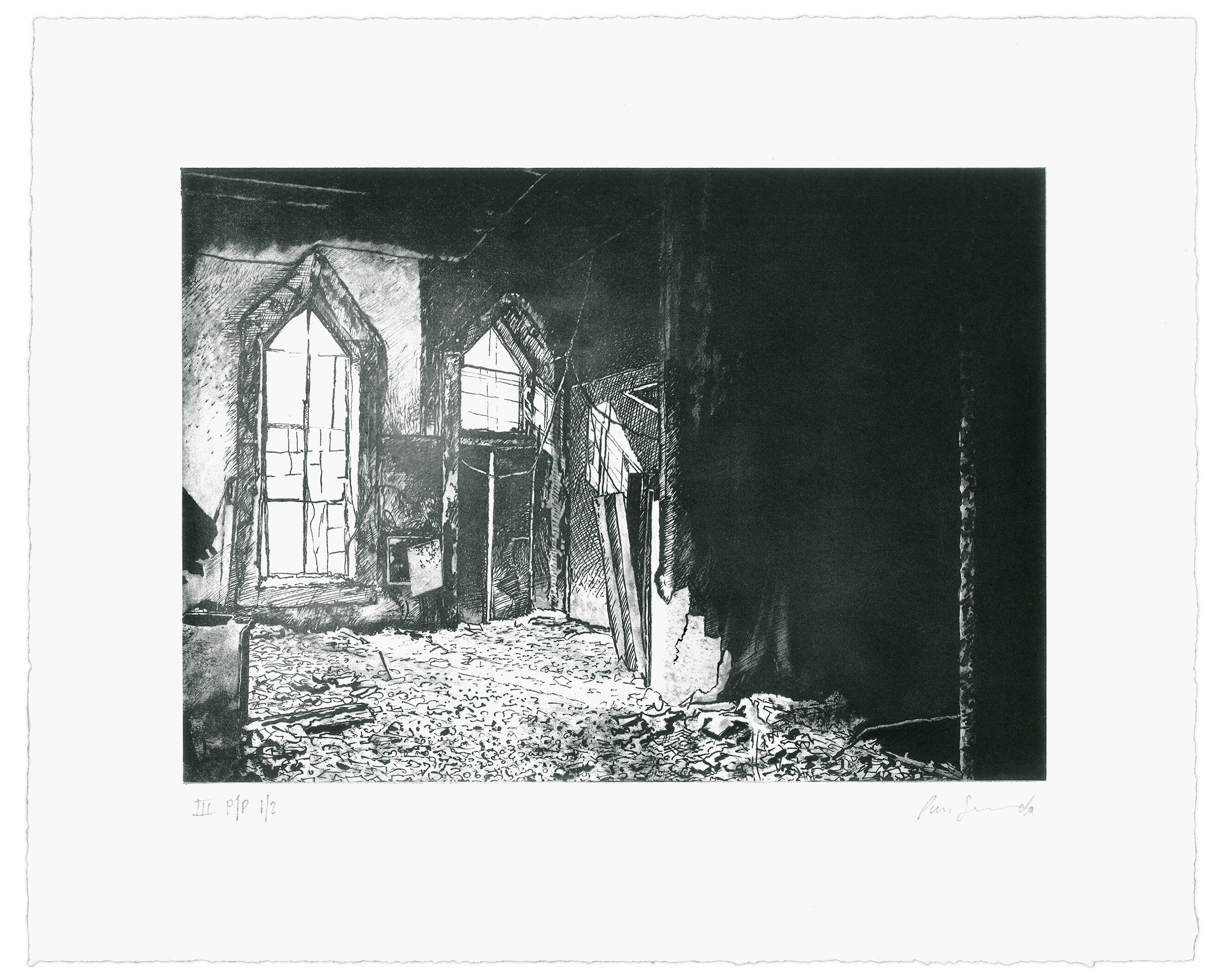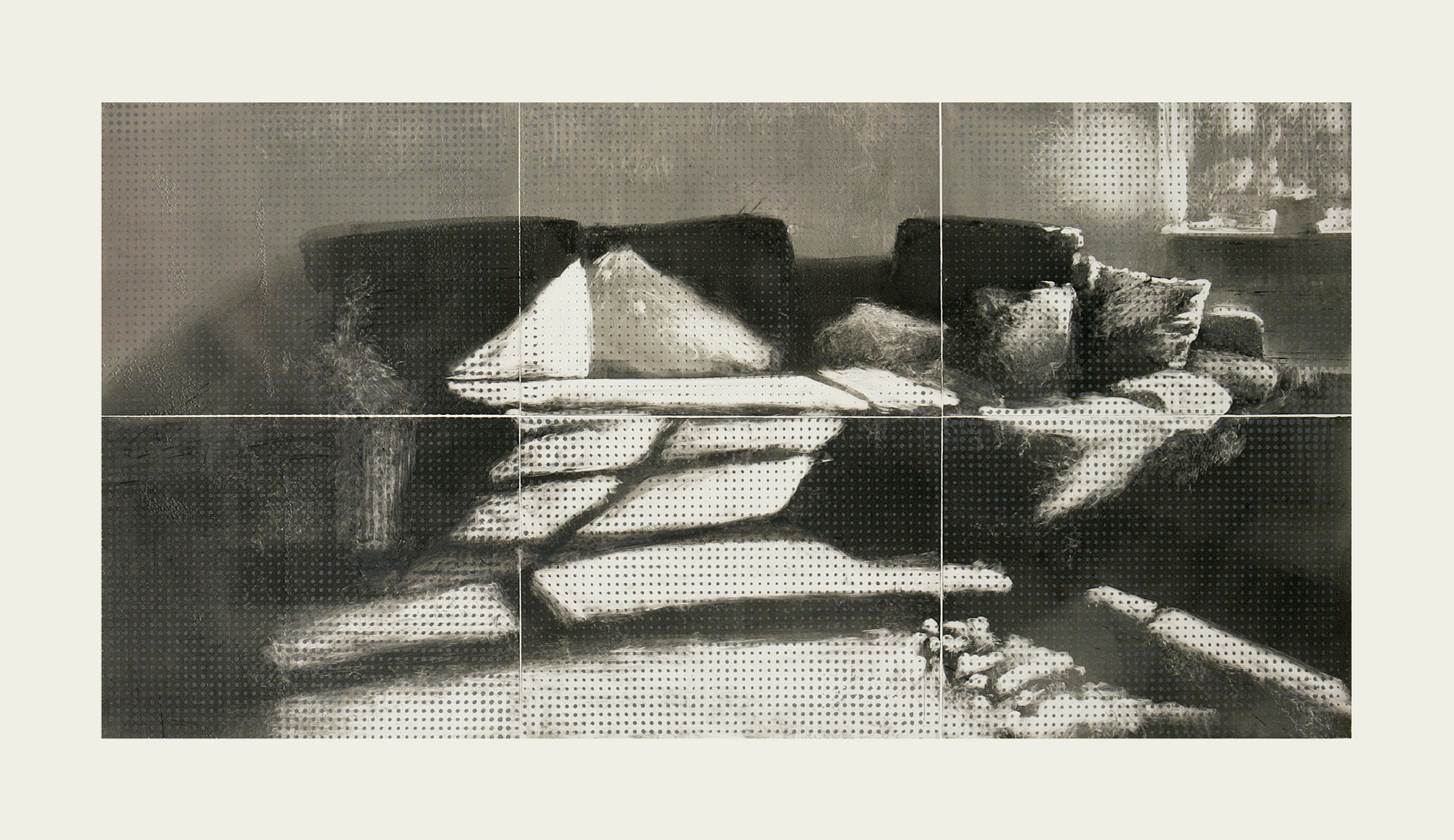Intaglio Printing
Atelier JI printmakers are experts in traditional intaglio. Clients may choose between a number of intaglio techniques to best suit their artwork at the advice of our Master Printmaker.
These printing services are available on a variety of fine art papers sizes up to double elephant (90 x 180 cm).
-
A metal plate is engraved with a sharp tool called a burin. By using varying degrees of pressure, small amounts of metal are completely removed as the lines are incised.
-
Like engraving, this method of printing printing technique also requires marks on a plate using a sharp tool. Dry point is identified by the curl of displayed metal which forms as the line is cut. When inked, this it creates a velvety appearance, traditionally done on soft copper plates.
-
The etching method needs acid to bite an image into a plate that has been coated in an acid-resistant ground. A tool is used to etch an image through the ground, exposing the plate. After this, it is placed in an acid bath where the incised lines are etched. This technique is the most adaptable out of the intaglio printing styles, and is often used in conjunction with other forms of intaglio printing.
-
Aquatint dates back to the mid-17th century. Powdered rosin is applied and warmed onto a metal plate. The metal that remains exposed around the melted drops of rosin is bitten in an acid bath, creating a pitted, grainy surface. These pits hold ink and print as areas of tone. The longer the plate is left in acid, the deeper the bite and darker print will be.
-
Photopolymer is another technique that uses Aquatint. In a darkroom, after the Aquatint has been applied, the image is exposed from a photo positive transparent film onto a sensitized gravure carbon tissue or film. This image, in turn, is transferred to the metal plate. The plate is then washed in water, leaving the image in relief.
-
Carborundum is a grit that is used in Lithography to help grind the stones down so that the surface is smooth for drawing and printing. The three kinds of Carborundum grit (rough, medium, and fine) slowly but surely create a fine surface to work and print from.
When combining this Carborundum grit with glue to make printmaking plates, the printed results are often painterly and gestural with embossed surface textures.
Selected Works

Piers Secunda
Mosul Museum III, 2022
Published by Atelier JI

Remi Rough
Style Writer Extraordinaire, 2021
Published by Atelier JI

Sidney Nolan
Kelly (Blue), 2021
Published by Sidney Nolan Trust

Katherine Jones
Fortress, 2015
Published by Atelier JI

Katherine Jones
Time Play and Let Me Be, 2020
Published by Atelier JI

